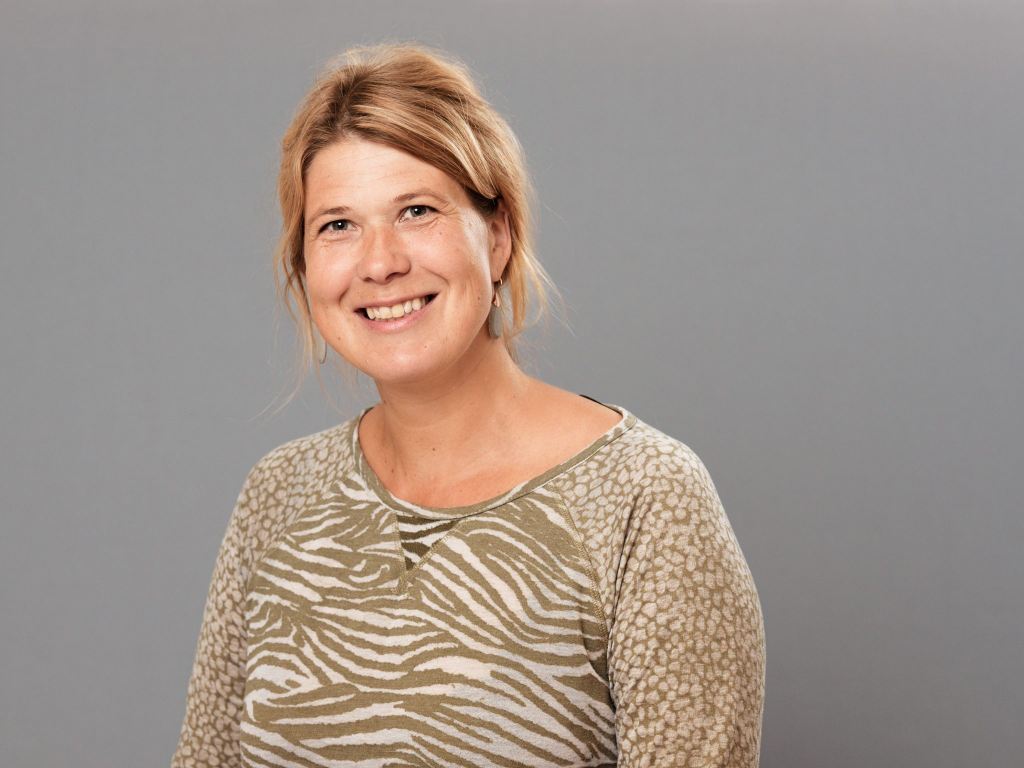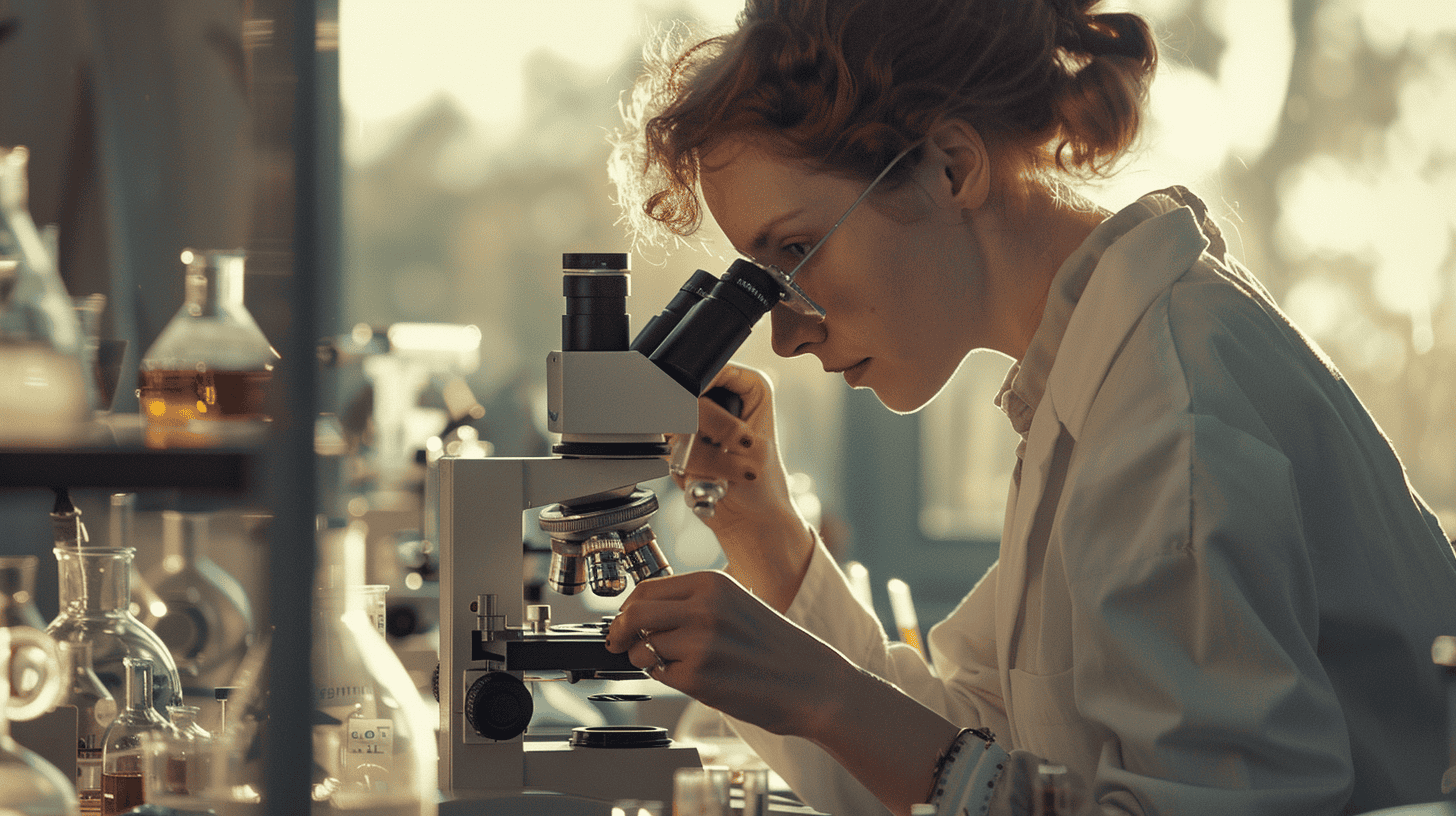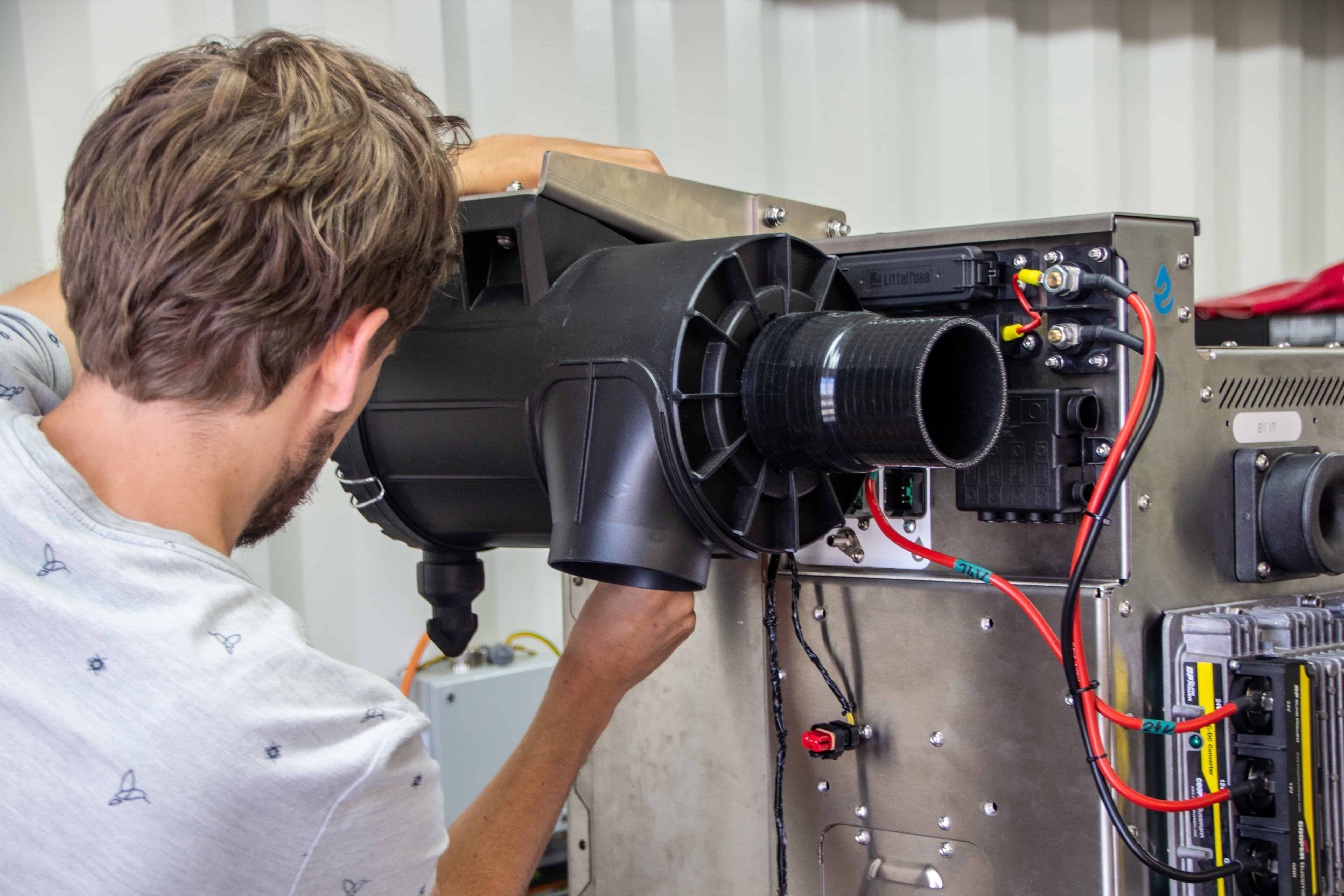
Cecilia Sahlgren, Professor in Cell Biology at the faculty of Biomedical Engineering, has received 2 million euros from the European Research Council (ERC). With this five-year funding, Sahlgren aims to investigate the interplay between blood flow and cell signalling and to clarify their effects on the architecture of blood vessels. The knowledge will be of benefit, for example, for the management of cardiovascular diseases, which are the leading cause of death worldwide.
Supported by the EU Commission, the ERC funding for science and research is among the most prestigious in Europe. The funding received by Sahlgren is a Consolidator Grant designed to support outstanding mid-career researchers. The five-year funding has been awarded for the so-called ForceMorph project. Sahlgren is also a professor at Åbo Akademi University in Finland.
The ForceMorph project aims to investigate the interplay between blood flow and cell signalling and to clarify their effects on the architecture of blood vessels, for example, the thickness of vessel walls. The knowledge will be of benefit, for example, for the management of cardiovascular diseases, which are the leading cause of death worldwide. “Many cardiovascular diseases result from changes in blood pressure. These changes lead to malformations in the vessel architecture, thus disturbing the function of tissues. We will be exploring the impact of the force on the form,” says Sahlgren.
Human blood vessels are subject to constant pressure. The pulses of blood flow circulating in the body make the vessel tissue expand and contract. Today, researchers know that the blood vessel cells are exposed to a mechanical strain caused by, for example, blood pressure and pulse, which affects the properties of the blood vessel. It is also known that the molecular signalling between the cells has an effect on the wall thickness and regulates the cell division and the development of different types of cells. In contrast, the interaction of blood pressure and cell signalling and the related effects are not known.
“By understanding this connection, we will gain new knowledge about the background of cardiovascular diseases. It will enable us not only to predict the effects of specific mutations but also to intervene therapeutically and modify the signals in order to prevent different diseases and conditions,” explains Sahlgren.
“The knowledge will also be useful for the purposes of tissue regeneration. Within healthcare, blood vessels can be replaced by surgically placing a tube in the patient’s body, but it is not possible to regulate the architecture surrounding the vessel. In other words, it is difficult to control the order of cells and the thickness of layers around the tube, or to ensure that all parts are in correct relation to one another. This is where we need to be capable of modifying blood pressure or cell signalling in the proper way.”
Source: TU/e








